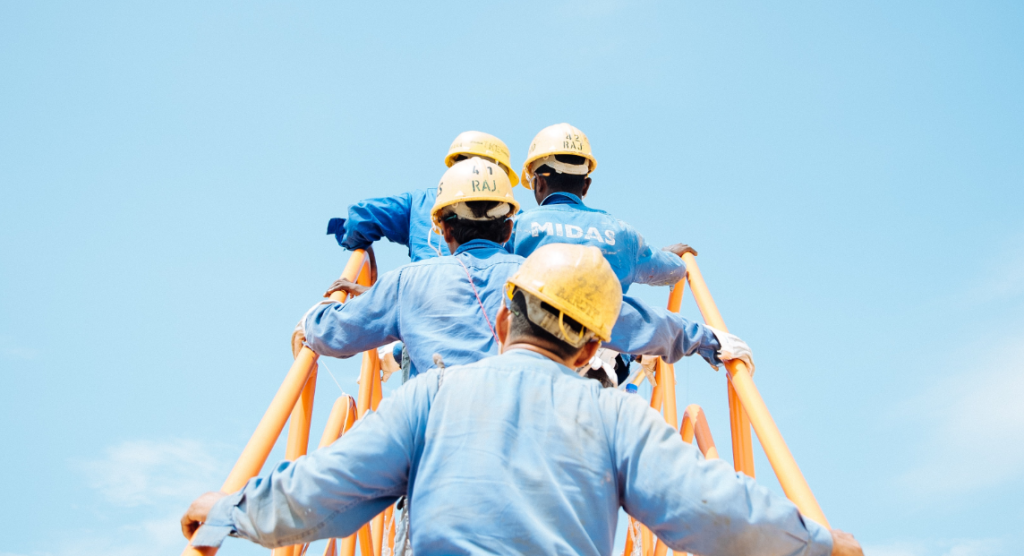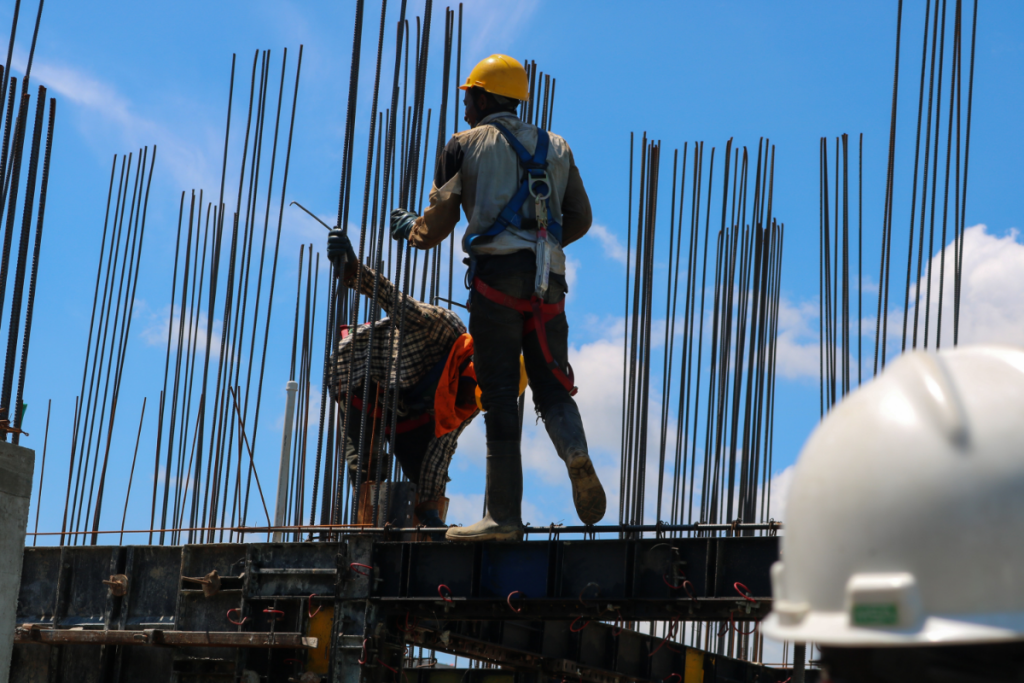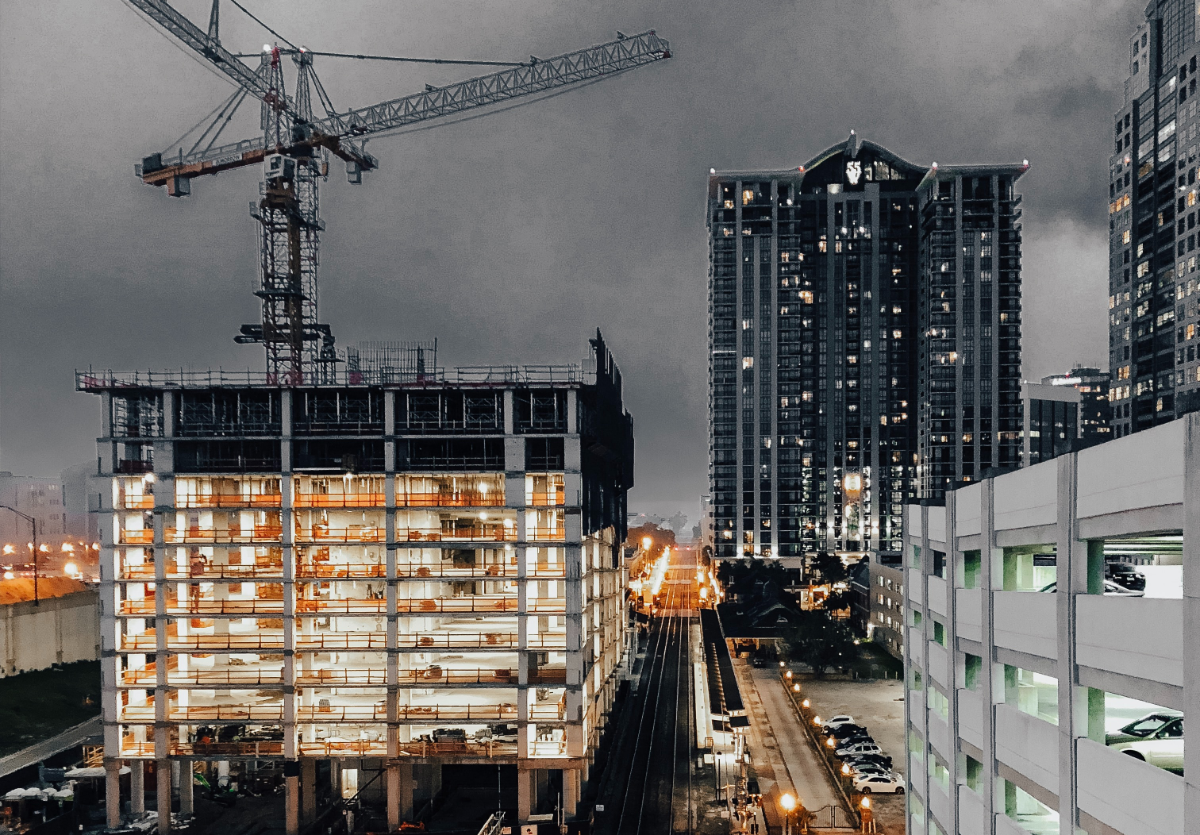The construction industry is enormous, employing millions of people. Experts estimate the sector will be worth $15.5 trillion by 2030. This growth is fantastic for construction companies but could be detrimental to the environment.
Construction projects account for anywhere from 25% to 40% of global carbon emissions. This number includes everything from using fossil fuels on-site to the impact of mining or harvesting raw materials necessary to complete a project.
Sustainability is becoming increasingly important in the construction industry, but meeting those sustainable building goals isn’t always easy. How can building information modeling (BIM) help contractors meet sustainable building goals?
What Makes a Building Sustainable?

The original definition of sustainability dates back to 1987, long before the world began focusing on the looming threat of a climate crisis. A Brundtland report titled “Our Common Future” defined it thus:
“The development that meets the needs of the present without compromising the ability of future generations to meet their own needs.”
This definition provides a suitable foundation for the work ahead but doesn’t answer the most pertinent questions. How are present generations supposed to meet their own needs while preserving the world for future generations and enabling them to do the same? Understanding this is key to understanding what makes a building sustainable and how to set appropriate goals in construction.
The exact details of a sustainable building plan will vary depending on structure location, intended use, and a million other variables. In general, sustainable buildings will:
- Make the most of their construction site while protecting local ecosystems.
- Strive for energy efficiency and prevent energy loss or waste whenever possible.
- Protect local water sources and conserve water both inside and outside.
- Optimize building space and make the most of each available square foot.
- Opt for sustainable or recycled materials, especially environmentally impactful materials like steel.
- Improve and maintain indoor environmental quality (IEQ).
- Implement sustainable operations and maintenance practices to maintain the building’s sustainability status.
- Design buildings to be resilient and capable of continuous operation under extreme circumstances.
Design structures to be adaptable or modular to keep them in use throughout life rather than sitting empty if a tenant moves out.
It may seem nearly impossible, but by focusing on sustainability from the ground up, it becomes easier to meet these goals. That is where BIM comes in.
BIM and Sustainability
Construction and design professionals have been using principles of BIM since the 1970s but disagreed on a name for the concept until the early 2000s. Today, the technology continues to evolve, but its primary goal remains the same: to create a detailed 3D model of a building that engineers and architects can utilize throughout the design and construction process.
Combining individual models into one composite model means architects can save time during the design stage and contractors can do the same during construction. There are three primary points where BIM and sustainable construction overlap.
Design Phase
BIM provides more transparency during the design phase for parties responsible for thinking about the sustainability of materials and design principles long before contractors ever break ground. BIM gives architects the tools to see what the building will look like and how it will function before construction begins. BIM enables architects to make the necessary decisions to improve building sustainability with increasing accuracy.
Starting in the design phase also makes it easier for a new building to eventually earn the Leadership in Energy and Environmental Design (LEED) certification. Buildings are rated according to seven categories:
- Integrative process
- Location and transportation
- Sustainable sites
- Water
- Energy
- Materials and resources
- Indoor environment quality
Buildings with LEED certifications are among the most sustainable structures on the planet. Designing with those certifications in mind can make the eventual assessment process more straightforward and less time-consuming.
Construction Phase

Once the designs are complete and contractors brought in, BIM can help improve efficiency during the construction phase. This improvement can come in various forms, from BIM-powered robotic layout systems to introducing prefabricated construction methods to reduce the time necessary to complete a construction project.
Sustainability in the construction industry means more than just opting for recycled lumber or reclaimed steel. Every time a contractor starts the engine on a piece of heavy equipment, the project increases the size of its carbon footprint.
Improved efficiency can look like a more accurate projection of the materials necessary to complete the project, reducing both the number of deliveries to the site and the amount of leftover material that could end up in the landfill at the end of the project.
Construction and demolition work in the United States added 145 million tons of waste to landfills in 2018, with upwards of 30% of new building materials ending up in the garbage because a contractor overordered them.
Operational Phase
Once construction is complete and it’s time for the grand opening, BIM can still provide an additional layer of control during the operations phase. Traditionally, once construction was completed, the contractors didn’t have much to do with the building or its operations, instead preferring to leave it in the hands of the building’s new tenant. These programs are easy to incorporate into newly installed internet of things (IoT) systems that can monitor everything from the lights left on during the day to the temperature in each room.
In the operational phase, new tenants can implement the sustainable choices the architects decided on back in the design phase. Choosing natural light over artificial lighting, opting for energy-efficient appliances, or using a smart thermostat to control the interior temperature can all go a long way toward meeting those building sustainability goals.
Creating a Sustainable Future
Sustainability might be the buzzword everyone is talking about in 2022, but it’s more than just a marketing ploy. Every industry needs to focus on sustainability moving forward, but the burden falls more heavily on those that generate the most waste and emissions.
Construction falls on that list. Creating a sustainable future is everyone’s responsibility. BIM helps streamline the process, taking some guesswork out of creating sustainable buildings that will support both residential and commercial applications in the future.
This message should serve as a call to action for contractors that haven’t started implementing BIM in their design or construction practices. Change is necessary if the human race hopes to preserve the planet for future generations.







